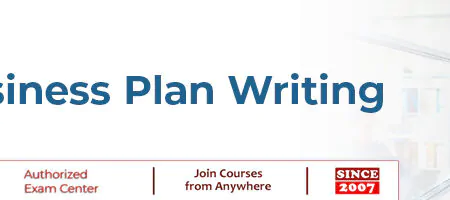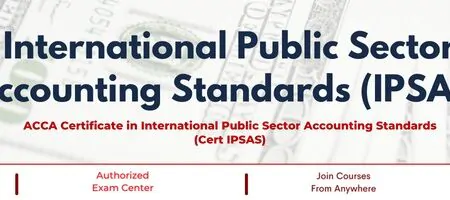Financial Modeling and Feasibility Study of the Project

Free Registration: https://crm.lcbsdhaka.com/view.php?id=201457
Financial Modeling and Feasibility Study of Projects
Feasibility studies are important to business development. They can allow a business to address where and how it
will operate. They can also identify potential obstacles that may impede its operations and recognize the amount
of funding it will need to get the business up and running. Feasibility studies aim for marketing strategies that could
help convince investors or banks that investing in a particular project or business is a wise choice. Feasibility studies
are always backed by a financial model. The output of a financial model is used for decision making and performing
financial analysis, whether inside or outside of the company.
Course Objective
This Feasibility Study course would empower the participants to:
Understand the importance of feasibility study
Compare feasibility study to business plan
Understand the elements of the feasibility study
Understand the types of a feasibility study
conducted
Organizational Benefits:
Understand the financial model’s feasibility study
Develop and create a report for a feasibility study
Importance of interpersonal relationship in
conducting a feasibility study
Eliminate risk and uncertainty to the achievement of business objectives
Saving the cost which might have been incurred unnecessarily
Taking informed decisions on the challenges
Study of the different aspects of the business
Better culture of communication
Personal Benefits:
Add value to their organization due to this new learning
Learn new techniques for conducting a feasibility study
Understand industry trends for conducting a feasibility study
Handle upcoming risks and challenges with proper planning and ease
Opportunity to be a part of a strategic team of the organization
Delivery Details:
Total Class: 10
Total Duration: Total 15 hrs.
Class: 2 Days Per Week.
Who Should Attend:
• Project sponsors
• Senior management
• Functional managers
• Project managers
• Individuals involved in working on feasibility studies
• People launching new business ventures
• All those responsible for launching new product and service.
Course Features
- Lectures 44
- Quizzes 0
- Duration 50 hours
- Skill level All levels
- Language English
- Students 150
- Assessments Yes
Introduction:
Content of financial modelling:
- 1.Recognition and calculation of pre operating expenses along with accounting treatment
- 4.Preparing depreciation schedule as per NBR and IFRS
- 2.Initial Investment cost projection and its accounting treatment
- 3.Investment for non-current assets calculation and depreciation policy design as per IFRS
- 5.Prepare fixed assets schedule
- 8.Working capital projection following IFRS
- 9.Working capital management techniques
- 6.Balance sheet projection and preparation following IFRS
- 7.Revenue Projection as per IFRS
- 10.Material costs projection considering inflation
- 12.Staff requirements projection
- 13.Salary schedule including increment projection
- 16.Operating costs projection
- 11.Labor costs projection considering labor law
- 18.Taxation projection
- 14.Overhead costs projection considering inflation
- 17.Non-operating costs projection
- 15.Cost of goods sold projection
- 19.Income statement projection and preparation according to IFRS
- 24. Investment decision making tools
- 21.Ammortization schedule preparation as per Banks’ rules and regulations
- 25.Sensitivity analysis
- 22.Financial Analysis
- 23.Valuation
- 20.Cash flow projection and cash flow statement preparation flowing IFRS
- 26.Breakeven Calculation
Content of feasibility report:
- Section 1. Background of the company
- Section 3. Net Worth Position of Directors
- Section 4. Background of Major Sister Concerns
- Section 5. Industry Analysis
- Section 2. Board of Directors and Management
- Section 6. Economic Aspect
- Section 7. Operation and Business Profile of the company
- Section 8. Financial Projection of the company
- Section 9. Group Liability Position
- Section 11. Risks and Mitigations
- Section 12. Justification of Financing and Conclusions
- Section 13. Sensitivity Analysis
- Section 10. Credit Worthiness of the company
- Annexure -1 Amortization Schedule
- Annexure -2 Schedule of Machinery
- Annexure -3 Schedule of Furniture, Equipment & Vehicles




